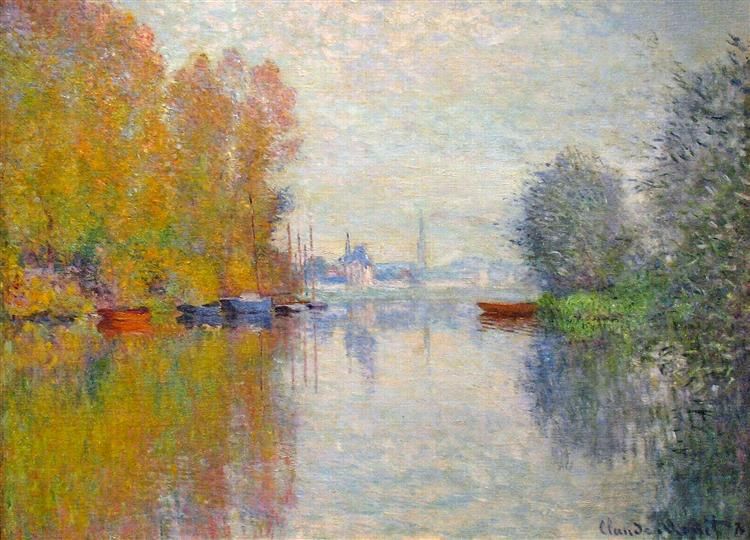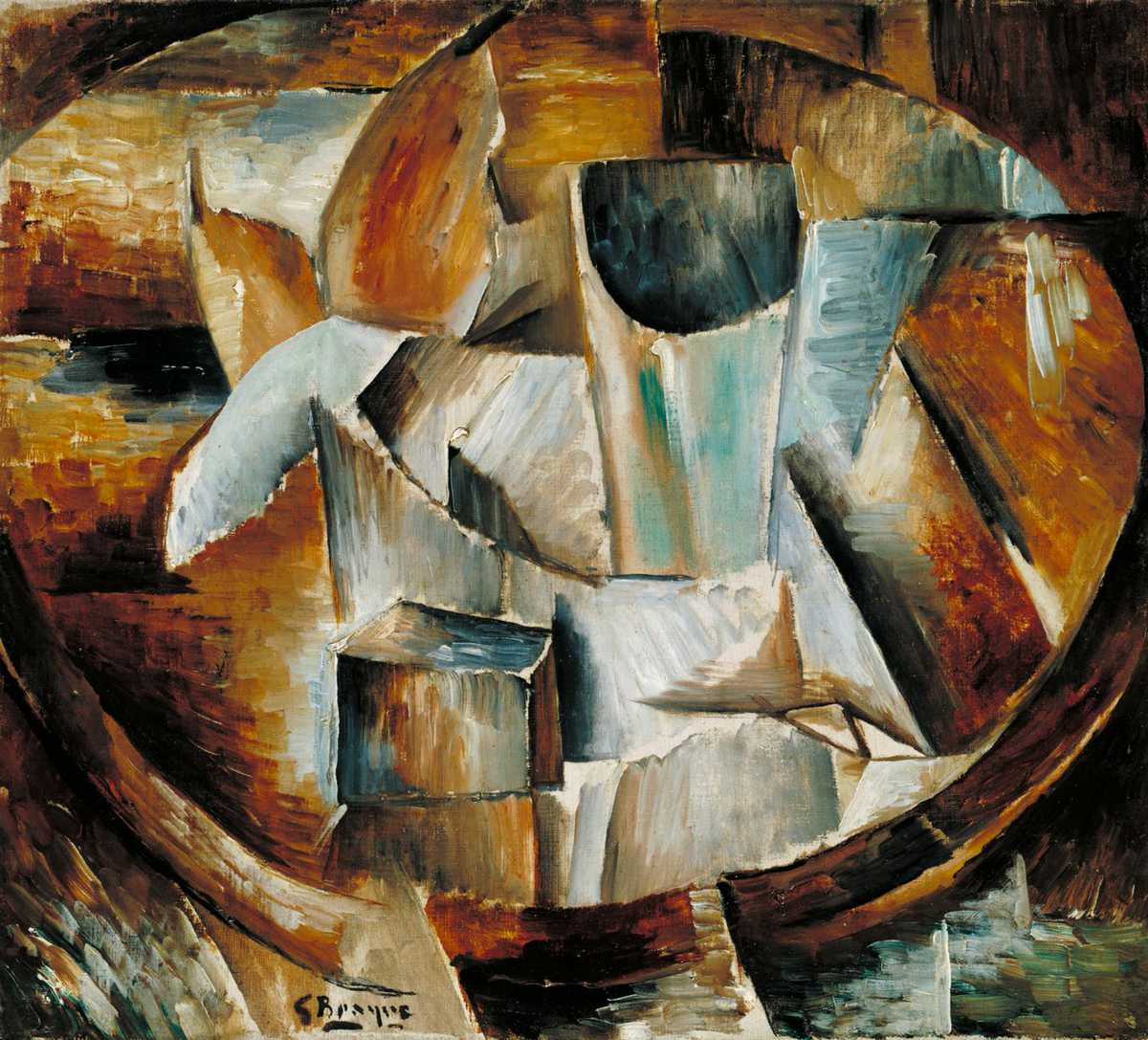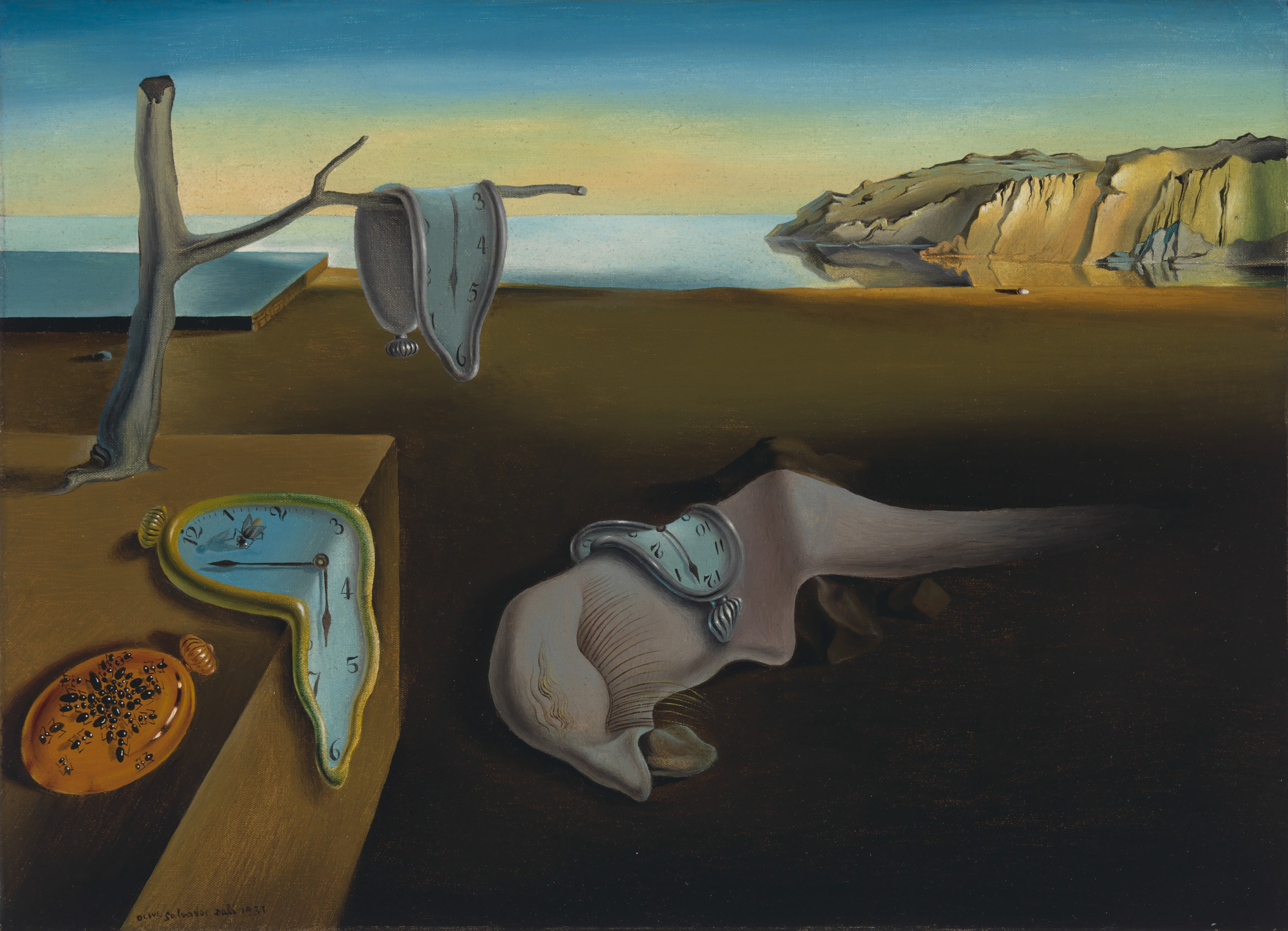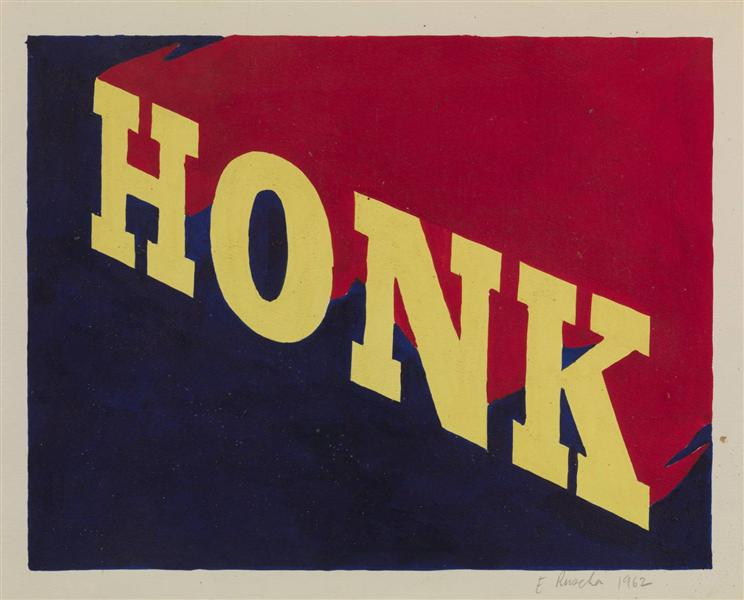Introduction
One of the famous impressionist artists is Claude Monet, and a representation of this style is the painting “Autumn on the Seine at Argenteuil.” This is a landscape painting created in 1873 (Autumn on the Seine at Argenteuil,” n.d.). The medium of this work is oil on canvas, and the painting is a typical representation of impressionism. The artist attempted to represent the river Seine and its banks, and in line with the characteristics of the style, it is done using wide brush strokes. Picture 1 is Monet’s “Autumn on the Seine at Argenteuil.” This work is culturally significant because Monet was one of the early representatives of the impressionist style, and therefore, this painting served as a reference for artists who explored this genre after him.
Impressionism is an art movement prevalent in the nineteenth century. It is a 19th-century art movement characterized by small, thin, yet visible brush strokes, open composition, an emphasis on accurate depiction of light in all of its changing qualities, which can be seen in Monet’s painting (Autumn on the Seine at Argenteuil,” n.d.). These qualities aim to emphasize the effects of time, ordinary subject matter, unusual visual angles, and the inclusion of movement as a crucial element of human perception and experience. Impressionism began with a group of Paris-based painters.

Early Twentieth Century: Fauvism
One of the representatives of Fauvism was Mattise and his painting “Women with the Hat,” created in 1905. Matisse’s investigations led him to reject standard three-dimensional representations in favor of a new image space characterized by color movement. At the 1905 show, he displayed his iconic “Woman with the Hat,” which can be seen in Picture 2. Some of the core characteristics of this painting are brisk color strokes—blues, greens, and reds—creating an active, emotive image of the lady in this painting. One can be surprised by the sloppy paint application, which showed portions of raw canvas, which is a very unusual approach to painting. This is a significant artwork for its genre because Mattise was an experimenter who painted in different styles, including impressionism. However, the artist’s most famous and significant works are created in the style of Fauvism. Hence, this painting is culturally significant because it shows Matisse’s transition from earlier styles to Fauvism.
Fauvism is a painting style that thrived at the turn of the twentieth century in France. To produce a sensation of an explosion on the canvas, Fauve painters employed purely; vivid color violently applied directly from the paint tubes (“Fauvism,” n.d.). The Fauves, like the Impressionists before them, painted straight from nature, but their works were imbued with a powerful emotive reaction to the themes depicted (“Fauvism,” n.d.). Fauvist paintings were first openly shown in Paris in 1905, shocking visitors to the annual Salon d’Automne; one of these visitors was critic Louis Vauxcelles, who called the artists Fauves because of the savagery of their works. Color pastels, colored chalk, and colorful chalk are all options.

Cubism: Analytic
Georges Braque’s painting “Glass on a Table,” created between 1909-1910, is an example of analytic cubism. This paining’s medium is oil on canvas, which can be seen in Picture 3. The viewer can see the geometric shapes, painted to represent two objects, glasses and a table. The artist uses primarily brown colors with some white and black. Analytic cubism refers to the early phase of cubism, roughly from 1908 to 1912, which is characterized by a fragmented appearance of various views and overlapping planes (Tate, n.d. a). Analytic cubism gets its name from the way it dissects the subject, perspective by viewpoint, resulting in a jumbled image with various views and overlapping planes. Another element of analytical cubism was the use of a limited color palette to keep the viewer’s attention on the form’s structure, as well as the density of the image in the center of the canvas. The geometric forms that are clearly distinguishable in this painting is what makes “Glass on a Table” an example of analytical cubism, together with its limited color pattern. This artwork is culturally significant because Braque is one of the early painters who worked in this genre.

Post-World War I Art: Surrealism
Among the post-World War I art is surrealism, which is a representation of dreams on canvas. One of the most famous artists globally, and a representative of the surrealism style is Dali. Picture 4 shows Dali’s “The Persistence of Memory” created in 1931. The medium of this work is oil on canvas and the significance of the painting is in the variety of elements that the artist uses to show the time’s relative nature. Surrealism, as shown in the selected painting, aspires to transform human experience and it strikes a balance between a logical view of life and one that acknowledges the unconscious and dreams’ power. This idea is reflected in Dali’s painting, which makes it culturally significant. The artists of the movement discover wonder and peculiar beauty in the unexpected and weird, the overlooked and the unusual. The courage to question imposed ideals and standards, as well as a yearning for freedom, are at the heart of their work.

Post-World War II Art: Pop Art
The Pop Art movement intended to blur the lines between so-called “high” art and “low” culture by painting or sculpting images of popular culture products and celebrities. One of the most significant qualities of Pop Art is the idea that there is no hierarchy of culture and that art may take from any source. One representative of this art genre is Ed Ruscha and his painting “HONK” created in 1962 and displayed as Picture 5 (Tate, n.d. c). This artwork’s medium is canvas with oil and it is typical for its genre because the artist utilized simple typed letters to show the mass culture’s representative elements. The post-World War II manufacturing and media boom seemed to be embraced by pop musicians. Some critics have interpreted Pop Art’s imagery as an enthusiastic endorsement of the capitalist market and the goods it circulated, while others have seen a cultural critique in the Pop artists’ elevation of the everyday to high art (Tate, n.d. c). Through their works, the artists represented the basic elements of life and commodities people used.

Summary
In summary, through this time travel exercise, I have learned about the variety of art genres and famous painters representing each. Additionally, I familiarized myself with different works of famous artists and the evolution of art genres throughout the years. Some of the styles in this paper evolved based on the ones from the previous eras, for example, as seen in the section dedicated to Matisse, the artist experimented in the impressionist style before transitioning to Fauvism. Moreover, some later styles, such as pop art and cubism are similar in the simplicity of objects represented by artists. However, the ideas behind works differ since pop art mainly focuses on industrialization and commodities. Surrealism is the most distinct out of the examined styles because it shows no similarities to previous or succeeding genres. This style is the most interesting for me because it prompts one to reflect on the ideas that the artist aimed to express.
References
Autumn on the Seine at Argenteuil. (n.d.). Web.
Fauvism. (n.d.). Web.
Tate. (n.d. a). Analytical cubism. Web.
Tate. (n.d. b). Surrealism. Web.
Tate. (n.d. c). Ed Ruscha and the art of the everyday. Web.